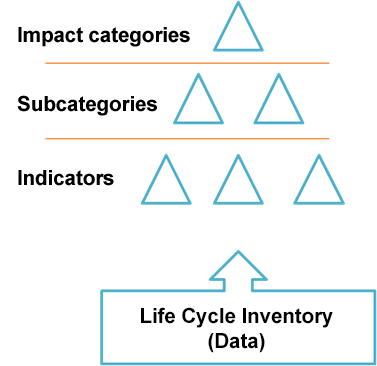A social and socio-economic Life Cycle Assessment (S-LCA) is a social impact (and potential impact) assessment technique that aims to assess the social and socio-economic aspects of products and their potential positive and negative impacts along their life cycle, encompassing extraction and processing of raw materials; manufacturing; distribution; use; re-use; maintenance; recycling; and final disposal. S-LCA complements E-LCA with social and socio-economic aspects. It can either be applied on its own or in combination with E-LCA.
The S-LCA of a product includes social and socio-economic problems that may occur with workers and communities where a company production takes place. The S-LCA, assesses social and socio economic impacts along the life cycle from the raw material extraction, until the final disposal of a product.
Environmental LCA and the S-LCA
have a lot in common. Both methodologies:
- Share a common conceptual framework of the ISO norm (goal and scope definition, life cycle inventory analysis, life cycle impact assessment and interpretation); although there are some specificities for each of these phases in S-LCA.
- Require many information.
- Work as iterative procedures.
- Provide useful information for decision-making.
The following are the stakeholders and impact categories included in the S-LCA, developed by UNEP
[1]:
| Stakeholder |
Categories |
| Workers |
Human rights |
| Community |
Working conditions |
| Consumers |
Health and safety |
| Value chain actors |
Cultural heritage |
|
Governance |
|
Socio-economic impacts |

[1] Guidelines for social life cycle assessment of products (2009)
